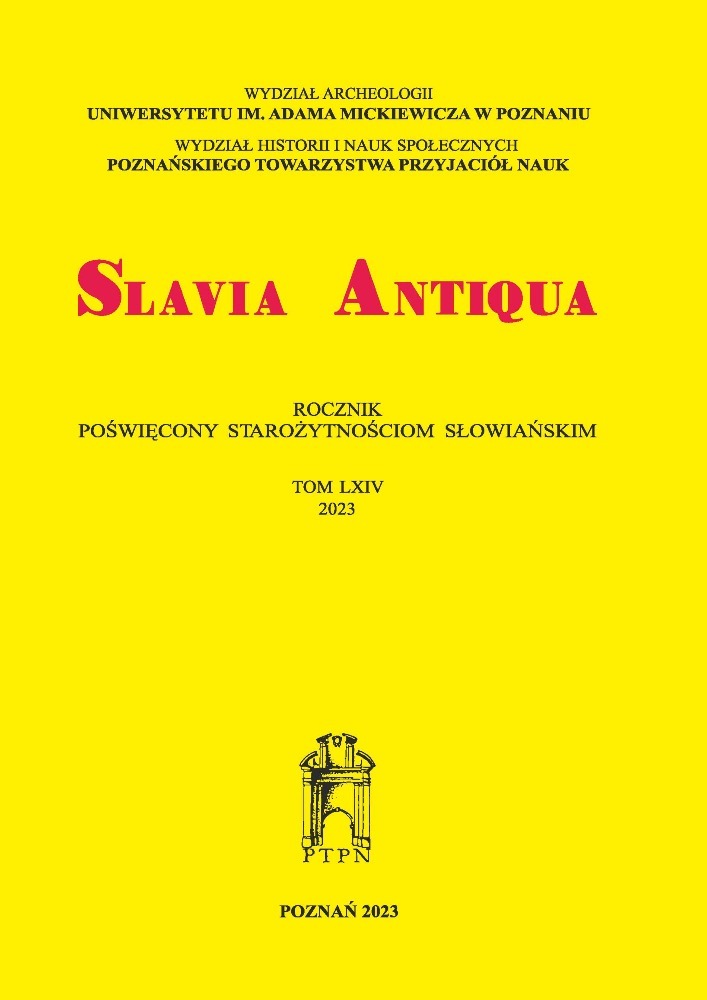GROBY O DOMNIEMANYCH SKANDYNAWSKICH ATRYBUCJACH ETNO-KULTUROWYCH Z OBSZARU PAŃSTWA PIERWSZYCH PIASTÓW W KONTEKŚCIE ARCHEOLOGICZNYCH PARADYGMATÓW BADAWCZYCH
GRAVES WITH PRESUMED SCANDINAVIAN ETHNO-CULTURAL ATTRIBUTIONS FROM THE STATE OF THE FIRST PIASTS
IN THE CONTEXT OF ARCHAEOLOGICAL RESEARCH PARADIGMS
Author(s): Michał KaraSubject(s): Archaeology, 6th to 12th Centuries
Published by: Uniwersytet Adama Mickiewicza
Keywords: Scandinavia; Kievan Rus’; Piast state; middle and younger Viking period; graves; funerary culture; ethno-cultural attribution vs. research paradigms in archaeology; molecular (aDNA)
Summary/Abstract: In spite of the differences in the interpretation of early medieval graves of the discussed Norman or Ruthenian attribution, derivatives of different theoretical and cognitive paradigms, successive generations of researchers are united in their conviction of the exceptional nature of these graves in the Oder-Vistula interfluve. Archaeologists are also unanimous in treating them as burials from the 2nd half of the 10th to the 1st half of the 11th century which present a set of specific burial practices, distinguishing one of the groups of the secular elite of the first Piast state. However, researchers have different views on ethno-cultural valorisation of the discovered objects. In this case, the author maintains his earlier opinion that the burial practices of the individuals buried there are ‘rooted’ in the Scandinavian model of funerary culture of the Viking period. However, in the research process, it cannot be a sufficient premise for prejudging the ethnos. In order to give credibility to the conclusions, in line with the modern model of integrated multidisciplinary research, the hypotheses formulated by archaeology require verifi- cation by the results of molecular and isotopic studies of human bones. Limiting the ethnic study of ar- chaeology’s necropolis sources to the indications of bio- and geochemistry is cognitively inadequate, as aDNA analyses only establish biological affinities. Isotopic studies determine the relationship of a de- ceased person to a specific geographical region, in both cases providing no insight into important aspects of early medieval human life like the mentality-determining membership of a socially and politically organised religious and mythic-ethnic-cultural community.
Journal: Slavia Antiqua. Rocznik poświęcony starożytnościom słowiańskim
- Issue Year: 64/2023
- Issue No: 1
- Page Range: 133-167
- Page Count: 35
- Language: Polish

